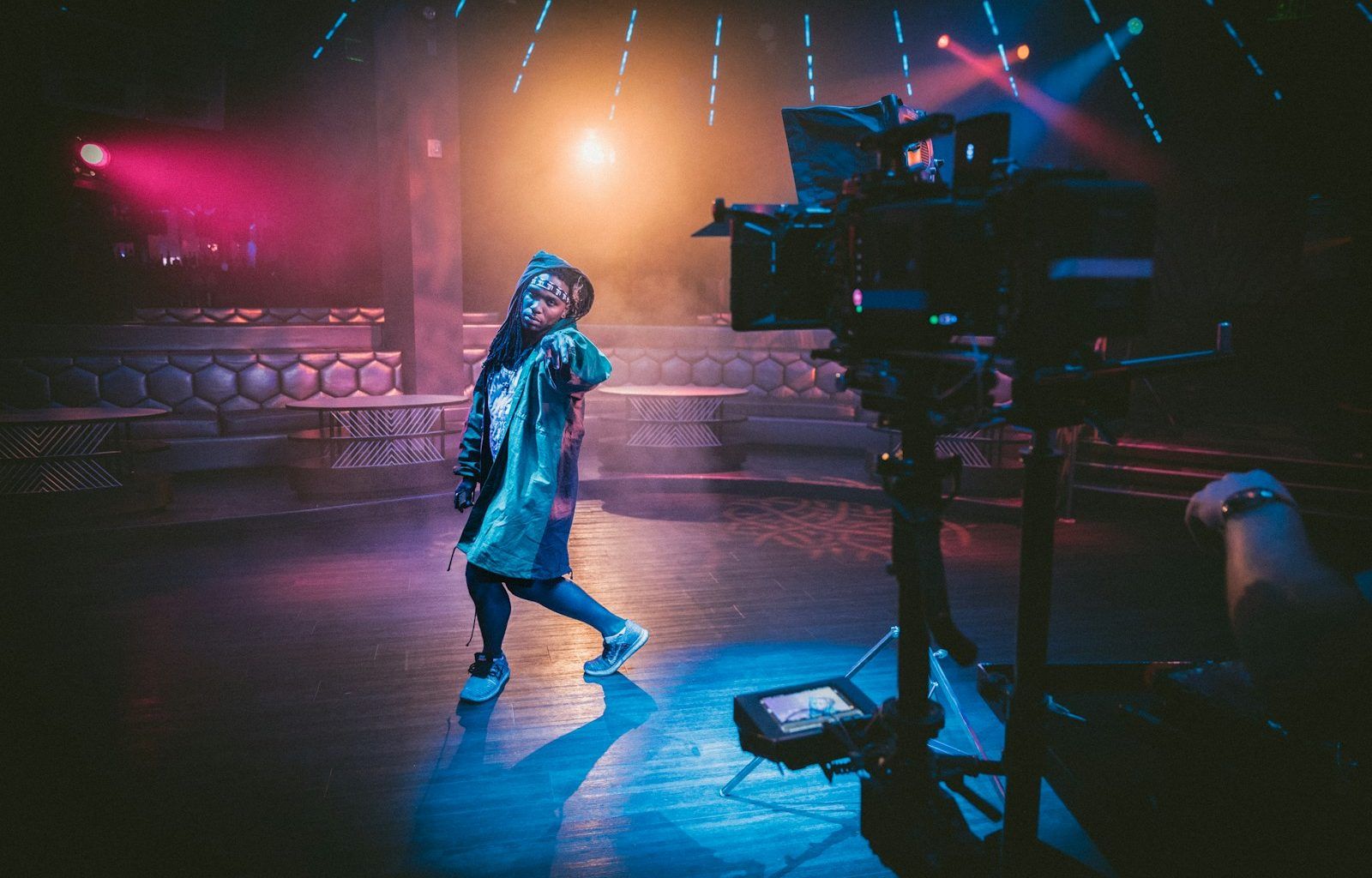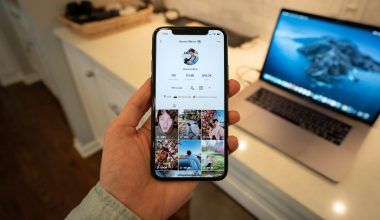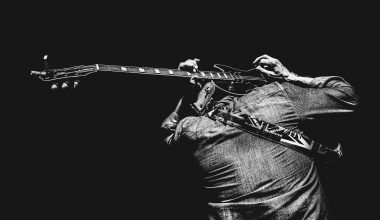The Magic of Music Videos: A Visual Symphony
Music videos are not just a treat for the ears; they are a feast for the eyes. Over the decades, these short films have evolved into an art form that captures the soul of a song. Some tell stories, while others create emotions through visuals and movement. But what truly makes one stand out as the greatest music video of all time? Let’s take a journey through history, art, and creativity to uncover the answer.
How Music Videos Became Cultural Phenomena
It all started in the 1980s when MTV revolutionized the music industry. Before then, artists relied solely on radio and live performances to connect with fans. But MTV changed everything, making the music video an essential part of an artist’s identity. Who can forget the iconic debut of “Video Killed the Radio Star” by The Buggles? It wasn’t just a song—it was a statement.
From there, music videos became the stage where artists could showcase their vision. Whether it’s Michael Jackson’s cinematic masterpiece “Thriller” or Madonna pushing boundaries with “Like a Prayer,” these videos didn’t just promote songs; they told stories, sparked debates, and influenced fashion and culture.
What Makes a Music Video Truly Great?
The greatest music video of all time isn’t just about catchy choreography or impressive special effects. It’s about a combination of elements that strike a chord with the audience. First, the video should have a strong narrative or theme. A story, even a simple one, can make the visuals more meaningful.
Next, the execution has to be flawless. This includes everything from the cinematography to the costumes, the acting, and even the location. Think of Beyoncé’s “Single Ladies” with its minimalist black-and-white aesthetic. It’s simple, yet it’s impossible to look away.
Finally, the emotional connection is key. A great music video leaves a lasting impression. It makes you feel something, whether that’s joy, sadness, or excitement. This emotional pull is often what separates the great from the greatest.
Iconic Music Videos That Shaped Generations
Some music videos have defined entire eras. Take, for instance, Nirvana’s “Smells Like Teen Spirit.” This video didn’t need elaborate sets or high-budget effects to leave its mark. Instead, it captured the grunge spirit of the ’90s perfectly.
Then there’s “Sledgehammer” by Peter Gabriel. This groundbreaking video used stop-motion animation and innovative techniques to create something viewers had never seen before. It wasn’t just a music video; it was a visual experience.
And who can forget Lady Gaga’s “Bad Romance”? With its futuristic aesthetic and dramatic choreography, it set a new standard for modern pop videos.
These videos remind us that greatness isn’t always about the budget. Sometimes, it’s about creativity, timing, and an artist’s willingness to take risks.
The Evolution of Music Videos in the Digital Age
Today, music videos live beyond television. Platforms like YouTube have made it possible for anyone, anywhere, to access these works of art. This shift has allowed videos like Psy’s “Gangnam Style” to break records and go viral, making music a truly global phenomenon.
But with this evolution, the question remains: Can viral hits like “Despacito” truly compete with the storytelling genius of videos like “November Rain”? It’s an ongoing debate, but one thing is certain: The internet has democratized music videos, allowing them to reach wider audiences than ever before.
Why “Thriller” Still Holds Its Crown
When people talk about the greatest music video of all time, “Thriller” by Michael Jackson often tops the list. And for good reason. This 14-minute mini-movie isn’t just a music video—it’s a cultural milestone. Directed by John Landis, it combines horror, dance, and music into a seamless masterpiece.
What makes “Thriller” stand out is its timeless appeal. Even decades after its release, it still captivates new generations. The iconic zombie dance, the eerie yet fun vibe, and Jackson’s charisma make it a video for the ages.
Modern Contenders for the Title
While “Thriller” is often considered untouchable, many modern artists have created videos that challenge its throne. Take Taylor Swift’s “All Too Well: The Short Film.” It’s a heart-wrenching story brought to life with stunning visuals and raw emotion.
Similarly, Childish Gambino’s “This Is America” is a powerful commentary on social issues, using its visuals to provoke thought and discussion. It’s more than a music video—it’s a statement.
And we can’t overlook BTS, whose videos like “Blood Sweat & Tears” blend storytelling, art, and choreography into visually stunning experiences. They’ve shown that music videos are not bound by language or geography.
Why the Debate Will Never End
The beauty of music videos is their subjectivity. What’s the greatest music video of all time for one person might not even make the top ten for another. It all depends on personal taste, cultural context, and even nostalgia.
But that’s what makes this art form so special. It’s constantly evolving, pushing boundaries, and creating moments that stay with us forever.
Conclusion: Celebrating the Power of Music Videos
Whether you think “Thriller” is the greatest music video of all time or prefer something more recent like “Blinding Lights” by The Weeknd, one thing is clear: Music videos are a powerful medium. They blend sound and sight, emotion and creativity, to create something truly magical.
So next time you watch a music video, take a moment to appreciate the artistry behind it. Who knows? You might just discover your new favorite—or even the greatest music video of all time.
For further reading, explore these related articles:
- Top Songs List: A Journey Through the Best Music Ever!
- The Top Musicians in the World: Legends and Rising Stars
For additional resources on music marketing and distribution, visit DMT Records Pvt. Ltd..






